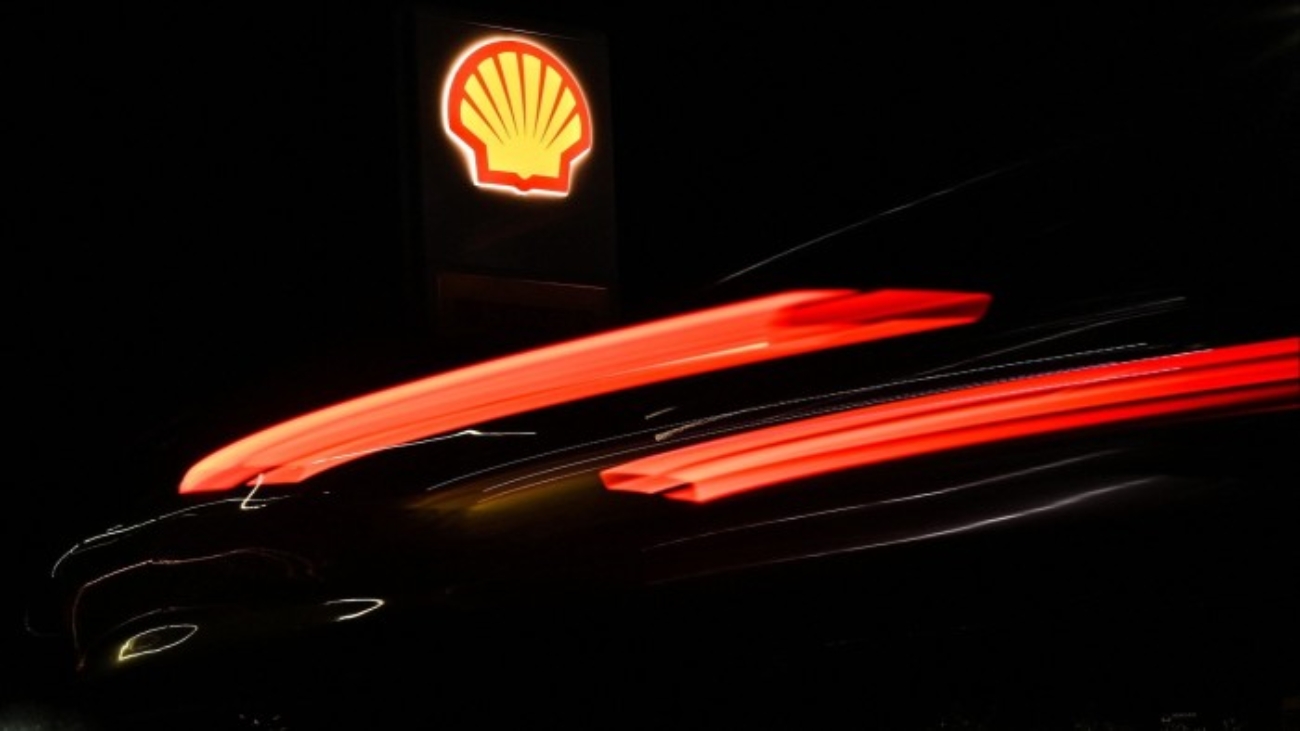Unlock the Editor’s Digest for free
Roula Khalaf, Editor of the FT, selects her favourite stories in this weekly newsletter.
Shell has said it will cut costs and spending, especially in clean energy, and boost the amount of cash it returns to shareholders as it tries to narrow the valuation gap with rivals ExxonMobil and Chevron.
In a statement ahead of an event for investors in New York, Shell pledged to cut annual costs by $5bn to $7bn by 2028, compared with 2022, and trim its capital expenditure to between $20bn and $22bn a year.
As part of the change, the FTSE 100 group signalled that it would drastically cut its spending on clean energy while it focuses on improving the profitability of its existing low carbon investments.
The group also said it would return 40 to 50 per cent of its operating cash flow to shareholders, an increase of 10 percentage points on the previous range. Last year, Shell returned 41 per cent of its $54.7bn of operating cash flow to shareholders.
Before the update, analysts at HSBC had noted that the current level of shareholder returns was not fully covered at an oil price of $70 a barrel. But they added that they believed Shell’s returns policy was still “more sustainable than peers”.
While cutting investment in low-carbon energy, Shell said it aimed to grow sales of liquefied natural gas by 4 to 5 per cent a year until 2030, and to hold oil production flat at 1.4mn barrels a day.
Burning gas produces fewer emissions than oil. Shell’s move to increase its gas sales, while keeping oil production flat, will help the company meet its climate targets to reduce its overall “carbon intensity” of the products it sells by 15 per cent to 20 per cent by 2030, compared with 2016 levels.
“We expect that supplying LNG will be the biggest contribution we will make to the energy transition over the next decade, as we help to build the energy system of the future,” said chief executive Wael Sawan in the company’s annual report, also released on Tuesday.
Shell had already cut its spending on renewables and low carbon energy from $5.6bn in 2023 to $2.4bn last year and will now spend “very little” in the next five years, said Biraj Borkhataria, an analyst at RBC Capital Markets. “We’re probably talking $1bn to $2bn per annum max,” he said.
Shell said earlier this year that it expected demand for LNG would rise 60 per cent over the next 15 years, driven largely by a huge increase in consumption in Asia, and a need for more gas to power artificial intelligence data centres.
The annual report said Sawan’s pay in 2024 rose to £8.6mn, from £7.9mn the year before, including a bonus of £2.9mn and £3.9mn of vested share awards.
The UK oil major’s shares have risen nearly 20 per cent since Sawan reset its strategy two years ago, promising to be “ruthless” in pursuit of higher shareholder returns.
But the valuation gap between Shell and its US rivals, such as ExxonMobil and Chevron, has not closed. Shell at present trades at roughly half the price to free cash flow multiple of the two US majors.
Last March, Sawan said that if the gap had not closed by the end of 2025, he would look at “all options” to boost Shell’s valuation, including moving its stock market listing to New York. “I have a location that clearly seems to be undervalued,” he said.
Shares in Shell rose 2 per cent in early trading on Tuesday, giving the company a market capitalisation of almost £170bn.
Source link



Add a Comment